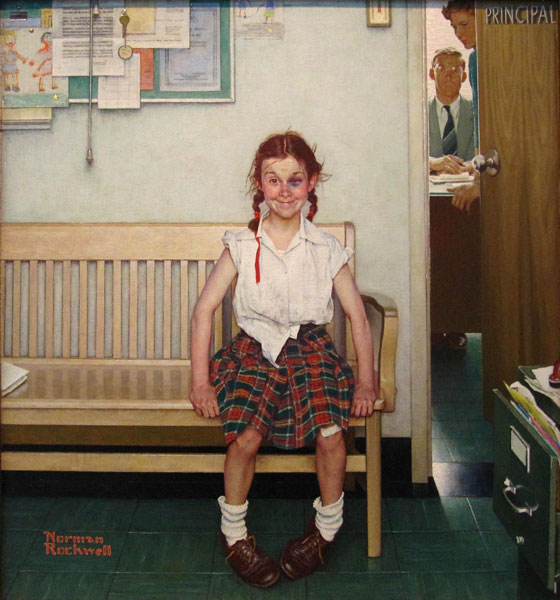We all assume that art is an experience for everyone. Walking into museums, many of us open our eyes and minds to view the incredible pieces standing before us. But what about people with disabilities? How are they going to experience these artworks?
Well, apparently, many museums have classes that give people with disabilities a chance to experience art. For example, the Metropolitan Museum of Art held its first “Seeing Through Drawing” class this October; participants with eyesight impairments created works inspired by the ones in the museum. Their experiences were based on either touching the objects or hearing descriptions of them from instructors. Museums look out for people with other disabilities too, not just sight. Whether it’s hearing impairment, mobility issues, or learning disabilities, museums like The Met and the Smithsonian are constantly trying to make sure anyone and everyone who loves art, gets to experience it.

A lot of thought goes in to building a museum, and one big factor is to accommodate for those with disabilities. In fact, museums have been mitigating this issue since the early 1900s, whether it’s by including rolling chairs, holding talk sessions, hiring instructors, varying the heights objects are placed, or installing mirrors. Innovations continue, and it’s because a large percent, almost 20, of the population has some type of disability. These numbers are not expected to decrease due to the introduction of more cases of learning disabilities, along with the aging of the population.
I thought this was article was really interesting because I never really thought about the troubles others may have going to a museum. I guess I take for granted that I am able to see, to hear, to feel, without any problems. This article sheds light on the other side of the spectrum, those who are unfortunately impaired and have trouble with what we consider everyday tasks. I never noticed the efforts museum coordinators and workers take for the disabled, and I think it’s absolutely amazing. What they are doing and have been doing means a lot to the society. Nobody is singled out; nobody can say they cannot attend a museum because they are disabled. But what intrigues me the most is the fact that these museums do it solely for social benefits, to bring joy to others. I read a lot about people who treat art as money, purchasing art just to sell it for profit, and although this is true, the intrinsic value of art branches much more from the emotions they are able to evoke from people rather than its face-value in the market. It’s so heartwarming to hear about how much these museums do for people with disabilities.
Mohn, Tanya. “Welcoming Art Lovers With Disabilities.” New York Times 25 Oct. 2013: 1-2. Print.











